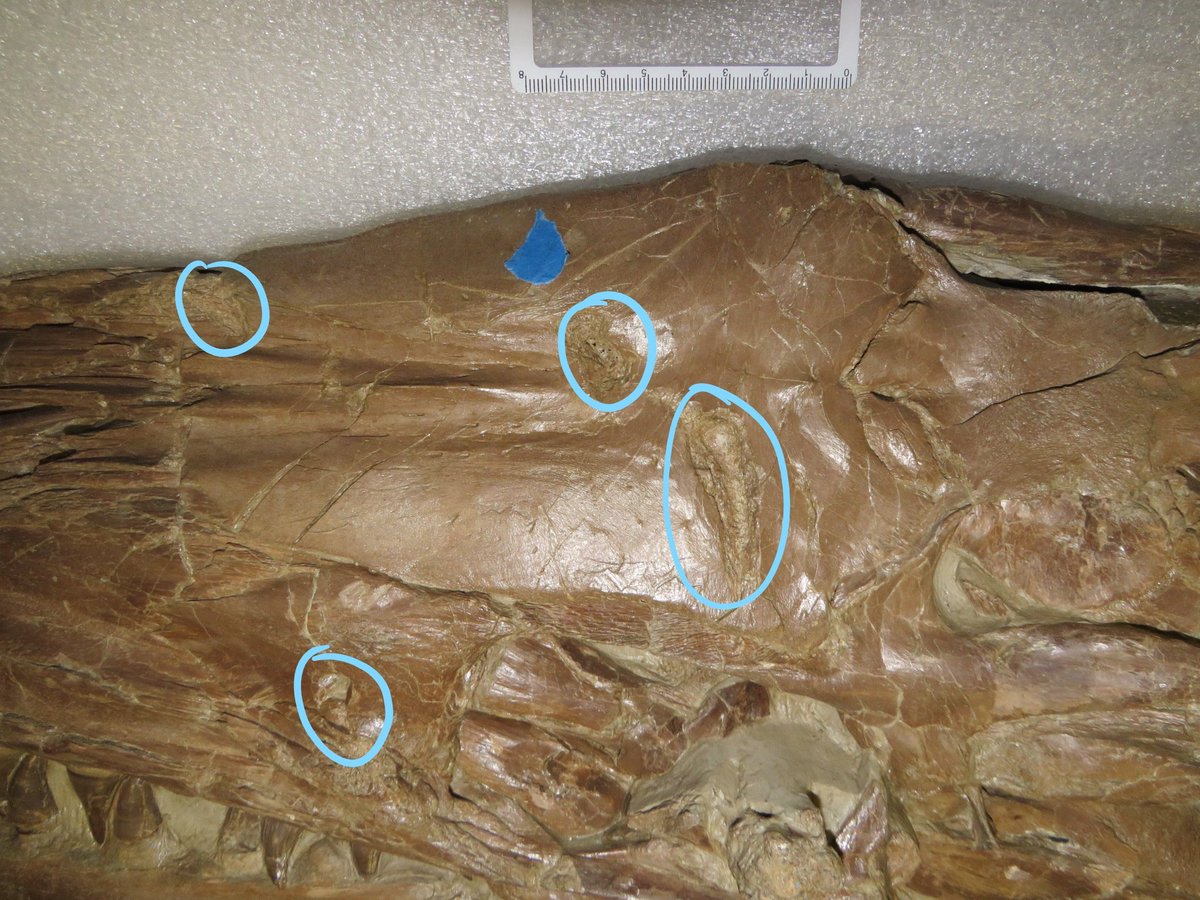
Undergrads & new grad students - NOW is the time to start thinking about applying for the @nsf GRFP!
A thread of advice I've accumulated on how to write a successful application...🧵
#AcademicChatter #phdchat #NSFfunded #STEM #scicomm #sciencetwitter #NSFGRFP
1/20
A thread of advice I've accumulated on how to write a successful application...🧵
#AcademicChatter #phdchat #NSFfunded #STEM #scicomm #sciencetwitter #NSFGRFP
1/20
I applied to the NSF GRFP twice, & was successful the 2nd time; I chalk up that success to my advisors at RGGS, Carthage, & Marquette, & so most of the advice below comes from them.
2/20
2/20
First, what is the GRFP? Put simply, it's a competitive fellowship funded by the @NSF that replaces or supplements your graduate stipend & provides some funding to your institution. It is open to US citizens who are, or will be, grad students (MS & PhD) in #STEM fields.
3/20
3/20
The application opens in late summer (now!) & the deadlines are in mid-October; this may feel like a long way off, but time flies when you're writing applications! NOW is the time to start drafting your essays!!
4/20
4/20
My first piece of advice is, aim to have your application done well in advance of the deadline - by *at least* a week. This will give you breathing room in the event of any technical difficulties, life events, etc.
5/20
5/20
The application calls for 2 essays, a Research Proposal & Personal Statement, & both have two REQUIRED components, Intellectual Merit & Broader Impacts; as a business major defector, I found it helpful to think of each section in a "purpose, process, payoff" framework.
6/20
6/20
The Research Proposal is exactly that: what do you want to do? Followed by, how will you do it?; why does it matter that you do it?; what makes you qualified to do it?; & how will you share your work with the community?
7/20
7/20
Start your Research essay with a synopsis: a paragraph or two to distinguish your essay from others & let reviewers know right off the bat what you're about! Reviewers get hundreds of applications, & the simple truth is they don't have time read the entirety of each one.
8/20
8/20
So get them interested right away! The synopsis should draw them in with a hook, followed by an overview of your research question, hypotheses, intellectual merit, & outreach goals. *Then,* flesh out each of those in more detail...
9/20
9/20
The Intellectual Merit section should justify *why* anyone should study this question, & Broader Impacts should tie your research to a *specific, achievable* outreach goal. If you have space, add figures to help catch reviewers' eye & distinguish your essay from others.
10/20
10/20
Keep in mind that you are NOT bound to actually *do* anything that you propose - the purpose of this essay is just to show that you *can* propose & justify realistic, attainable research & outreach goals. So, don't worry about your path changing in the future!
11/20
11/20
The Personal Statement should provide an overview of your background & qualifications for the research you proposed, & expand upon your Broader Impacts goals. Use the Intellectual Merit section to tie your past experience into what you've proposed to do in grad school...
12/20
12/20
& in Broader Impacts, elaborate on past outreach experience & specific outcomes of your proposed outreach in grad school. Talk about specific institutional resources that you intend to use, & the specific audience/community your outreach will target.
13/20
13/20
The Personal Statement is also an opportunity to distinguish yourself from the thousands of other applicants - don't be afraid to show some personality! You have some wiggle room in this essay for a more 'creative' writing style that allows your voice to shine through.
14/20
14/20
Proof at least one version of your essays on PAPER - you WILL catch mistakes that you didn't notice on the screen! If you've been working on them all day, take a day or 2 to *not* look at them before proofing again - you *will* find mistakes you've been missing.
15/20
15/20
*Always* have an advisor or other trusted mentor proof your essays *well before* you intend to submit them - another set of eyes will undoubtedly catch mistakes you've unknowingly been glossing over, & they can provide specific feedback about your proposed goals.
16/20
16/20
Pay close attention to the formatting guidelines; you don't want your application to be rejected solely because you used the wrong font. Use bold, italic, & underlined font strategically to highlight key points, but be mindful not to overdo it.
17/20
17/20
Both essays have strict page limits, & require you to cover an extraordinary amount of material. You have to be as *concise* & *precise* as possible - cut any words that aren't absolutely necessary & avoid long words.
18/20
18/20
Finally, be very careful about who you choose as your writers for letters of recommendation; I've heard too many stories of people receiving NEGATIVE letters... Choose people who have actually seen you work, & will speak positively of you & your ability to conduct research.
19/20
19/20
That's all for now - I have written most of this advice, as well as some general advice about applying to grad school, on my website: sites.google.com/carthage.edu/a…
& here is the link to the NSF GRFP application: nsfgrfp.org
Godspeed & good luck!
20/20
& here is the link to the NSF GRFP application: nsfgrfp.org
Godspeed & good luck!
20/20
• • •
Missing some Tweet in this thread? You can try to
force a refresh









